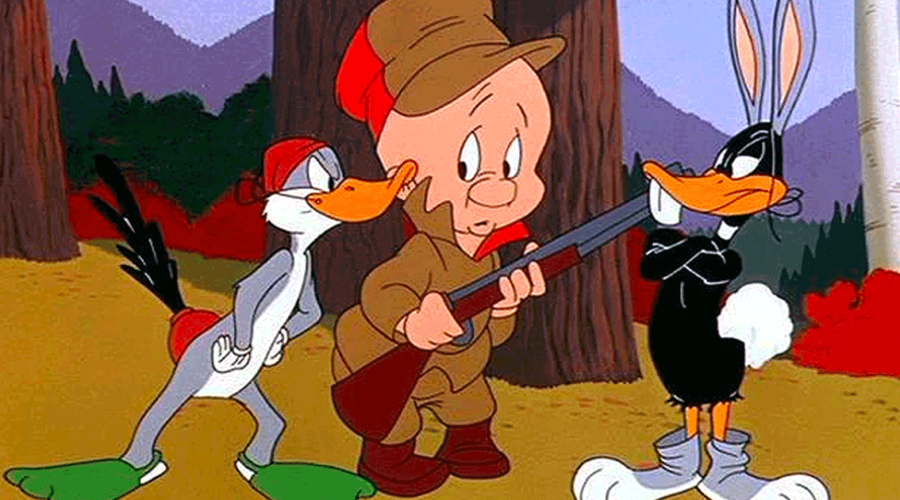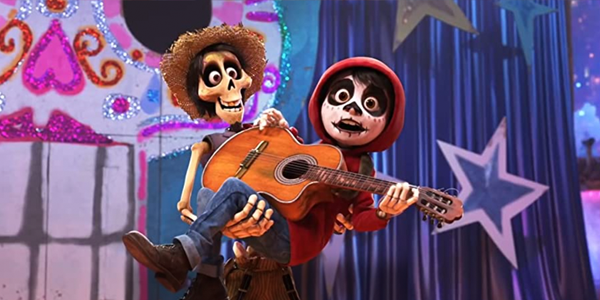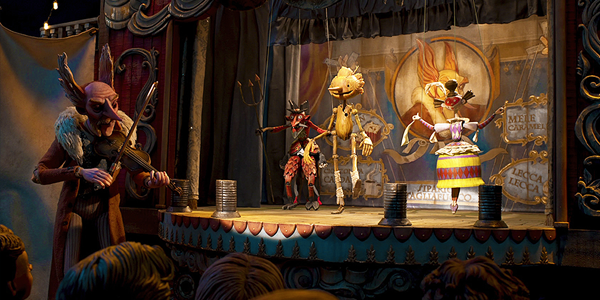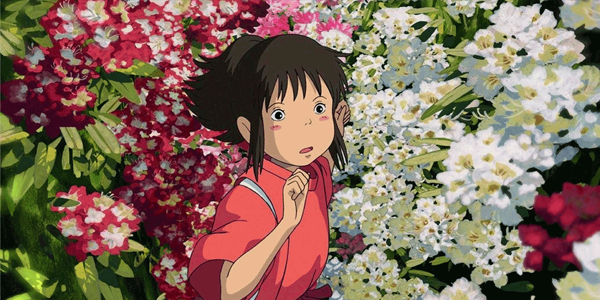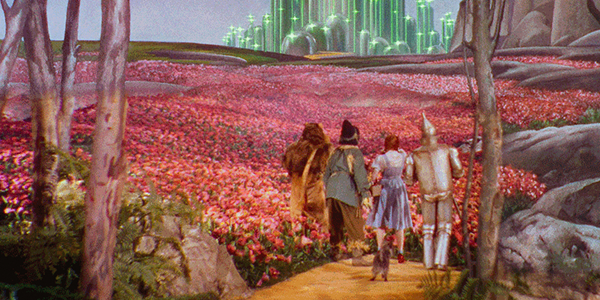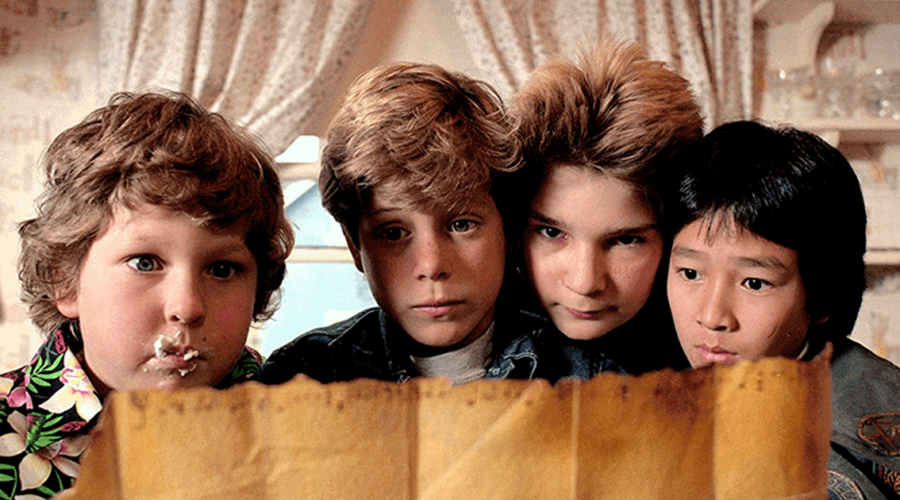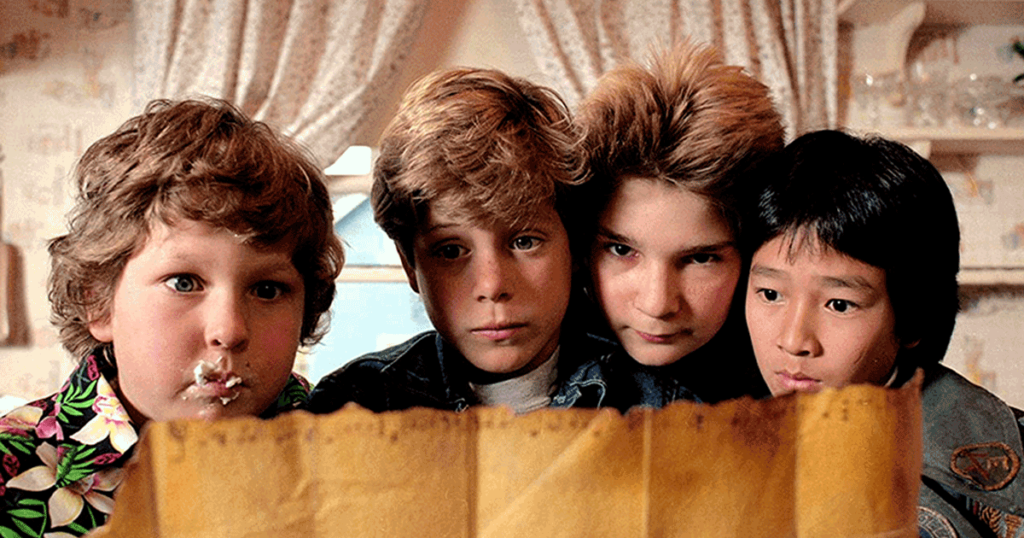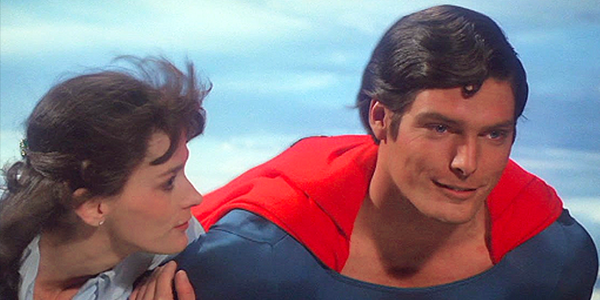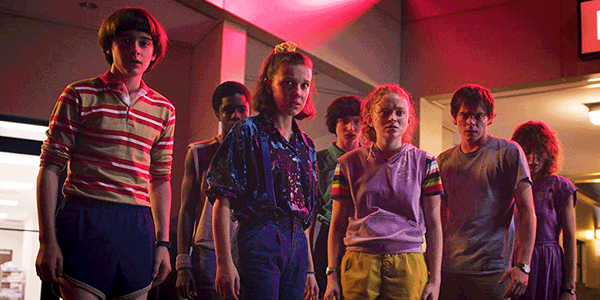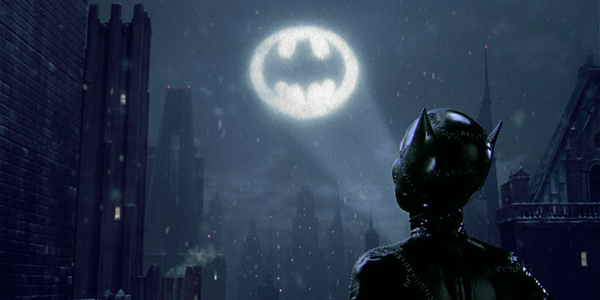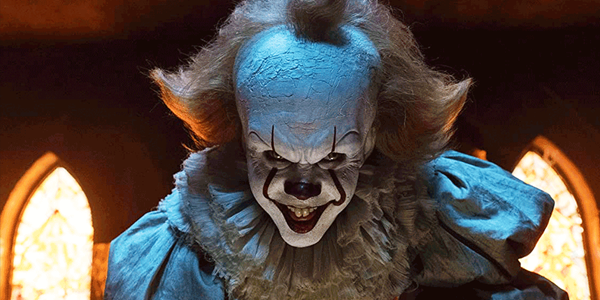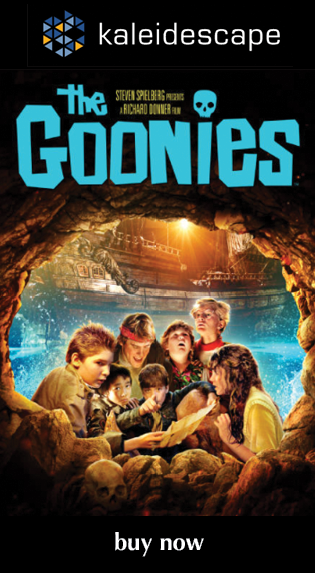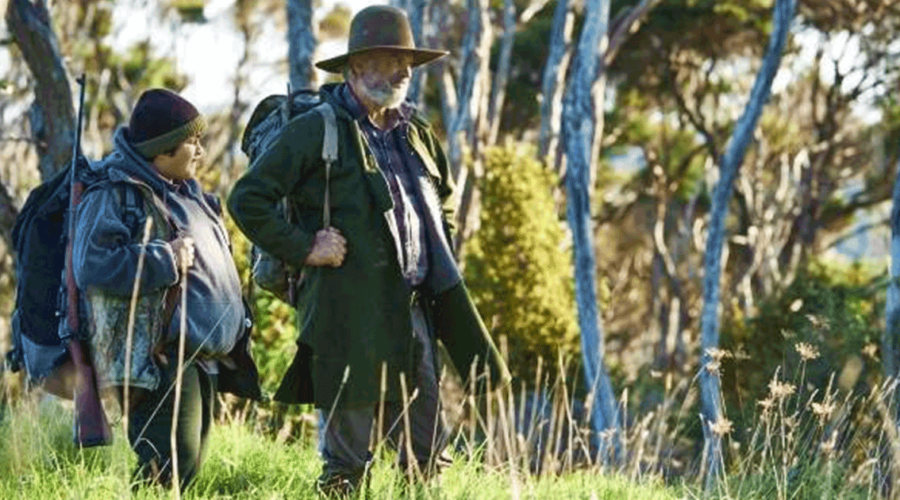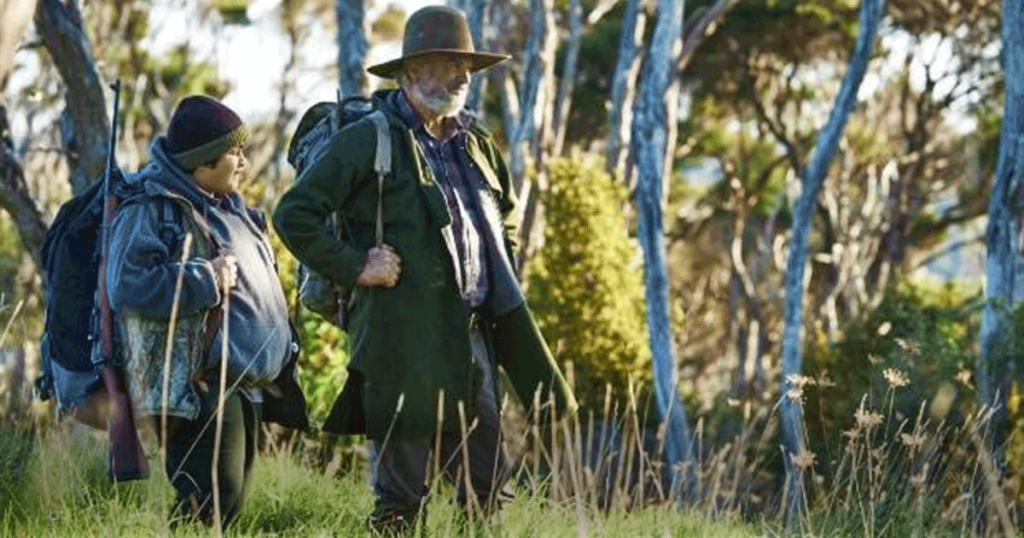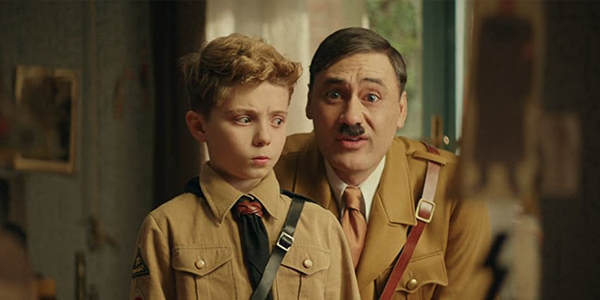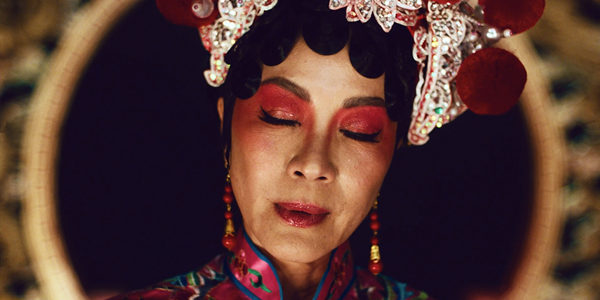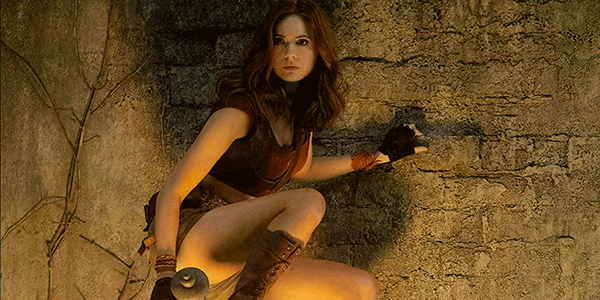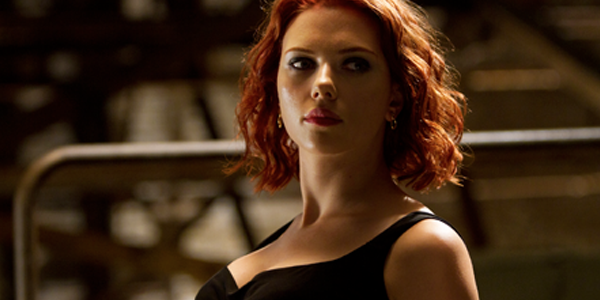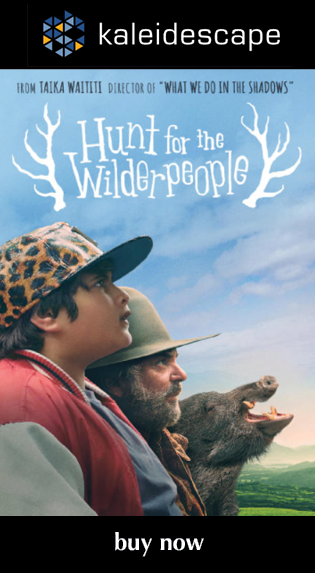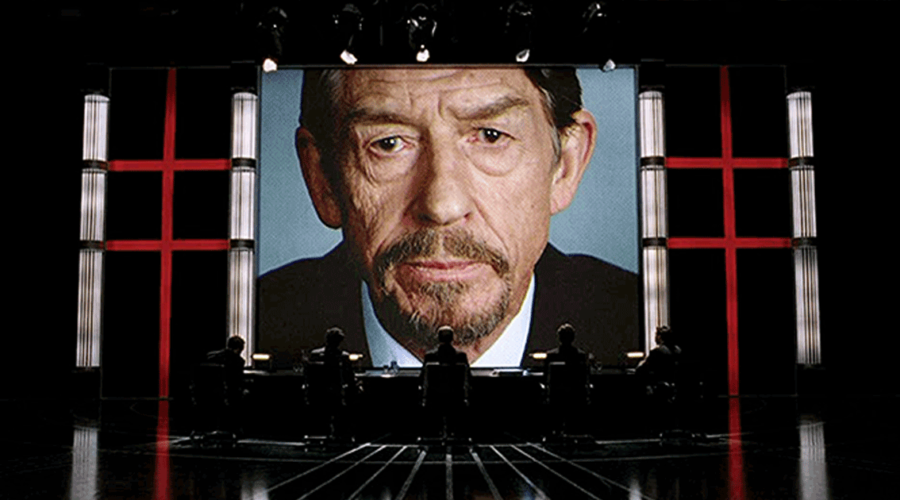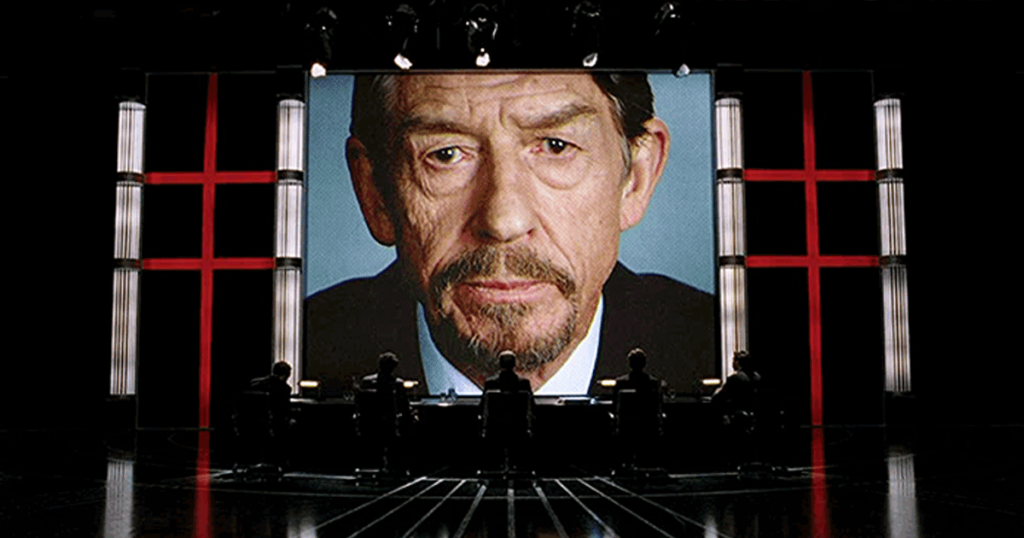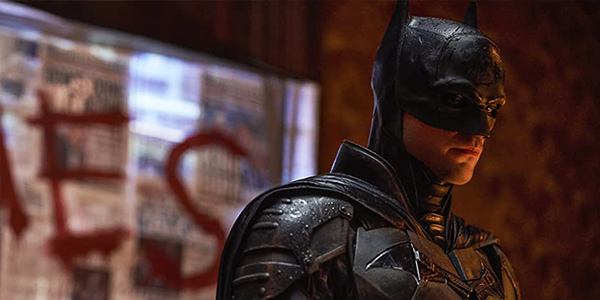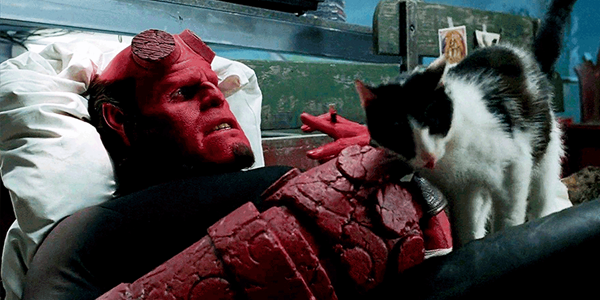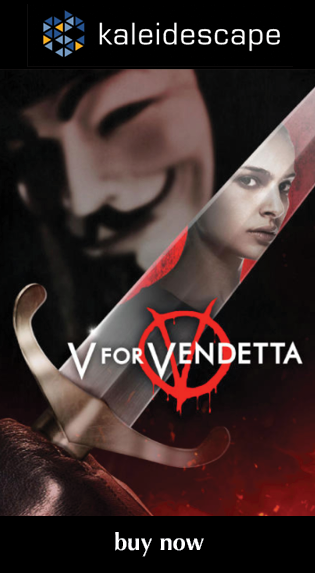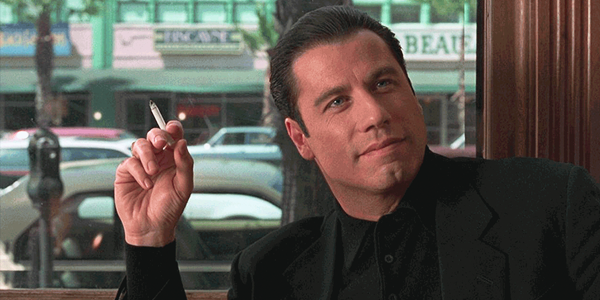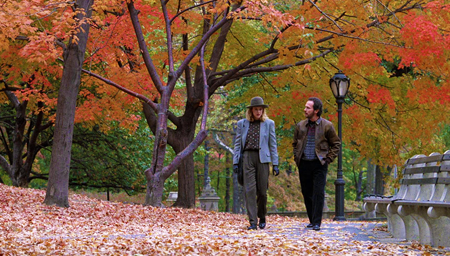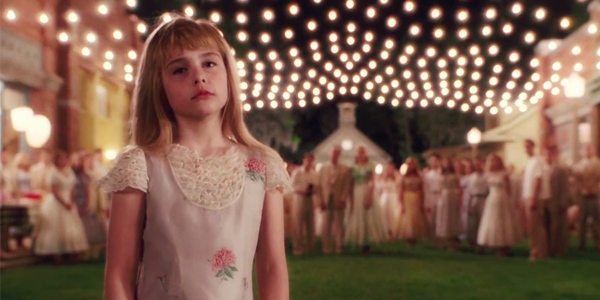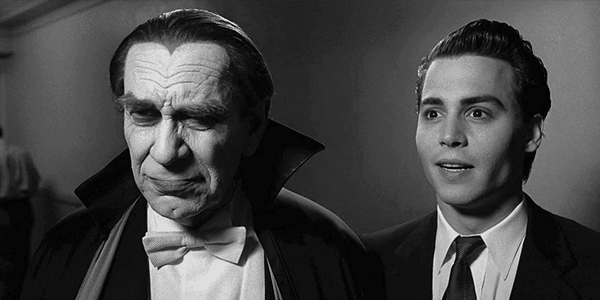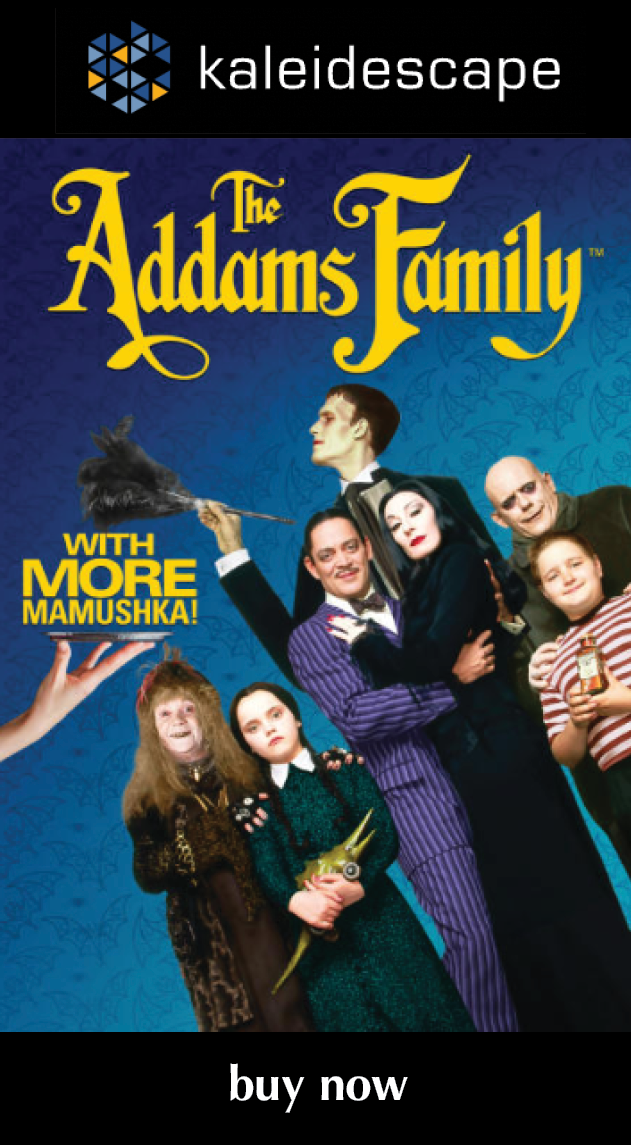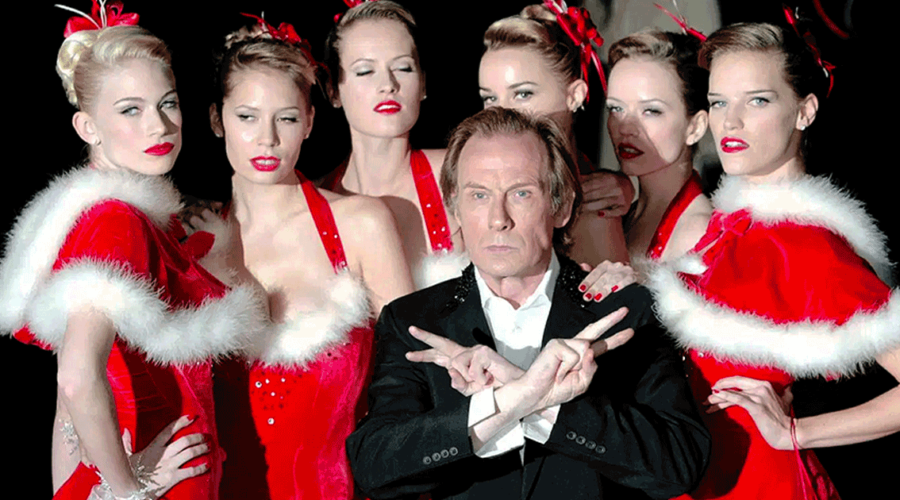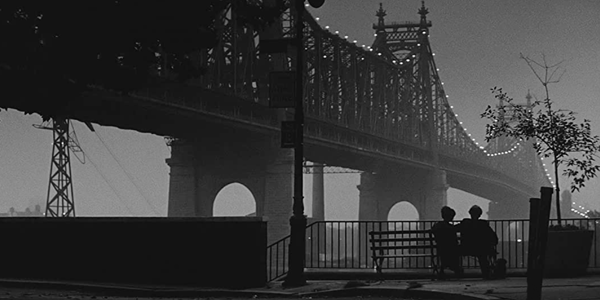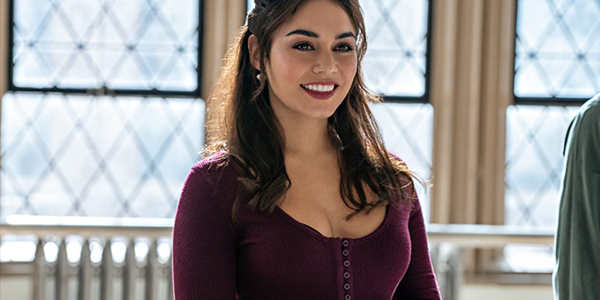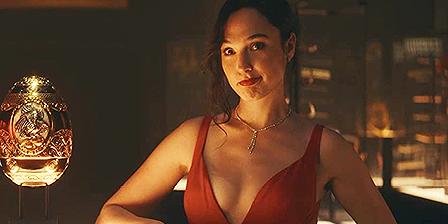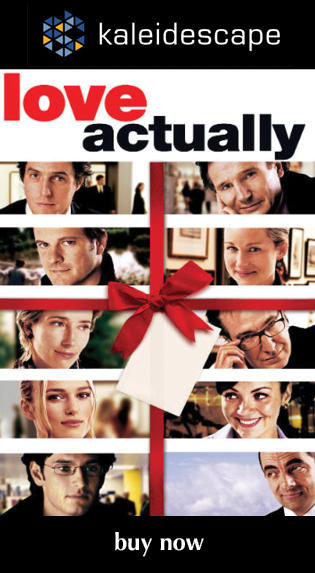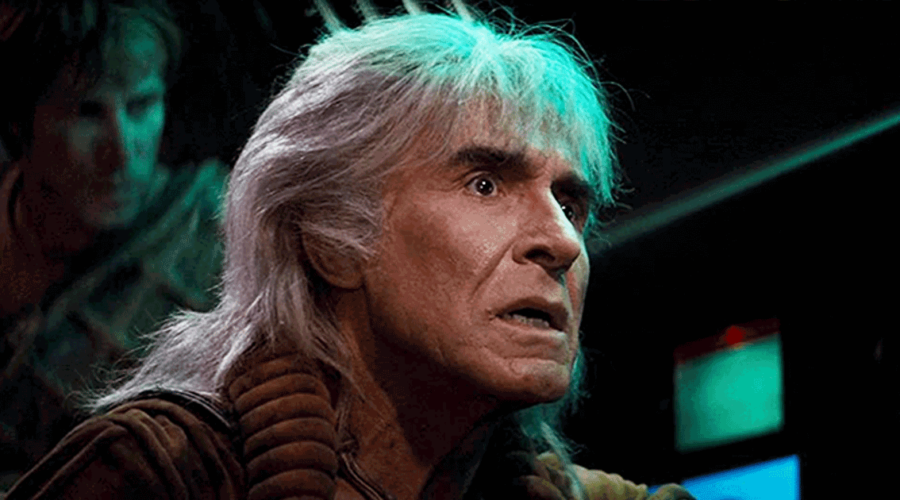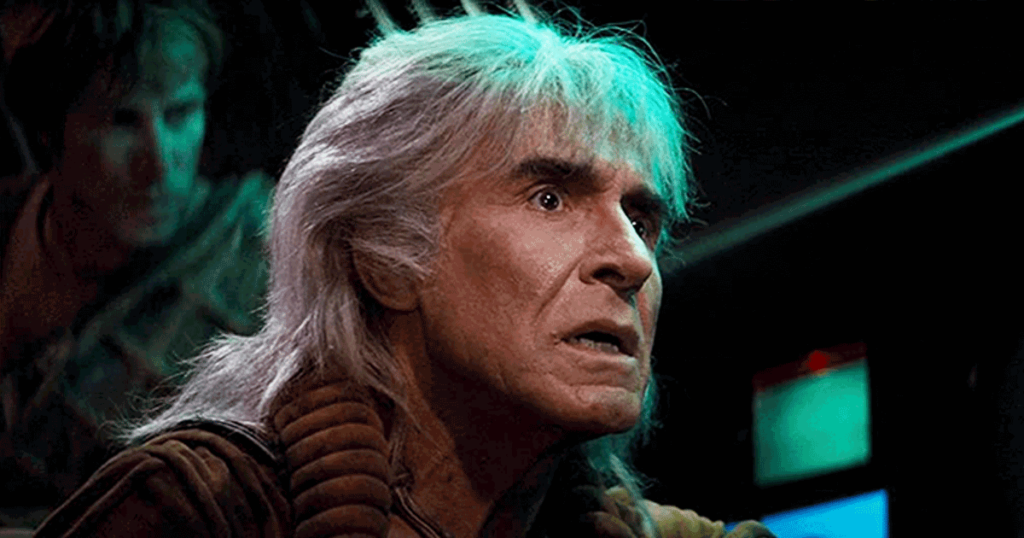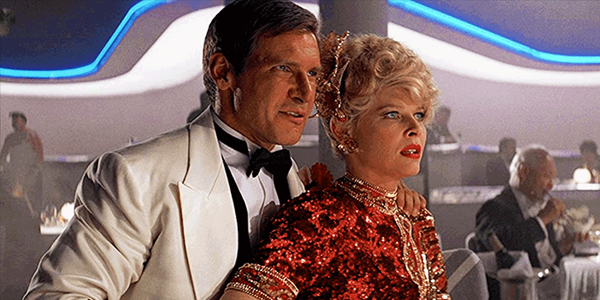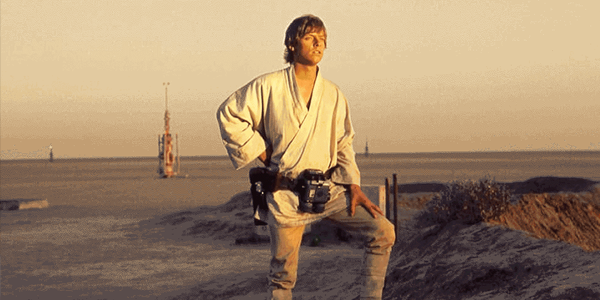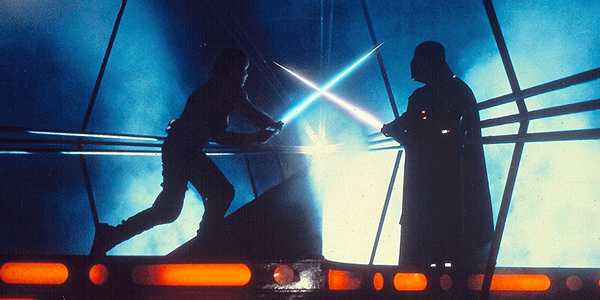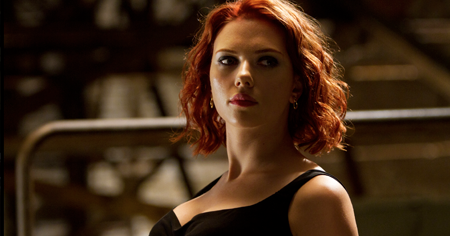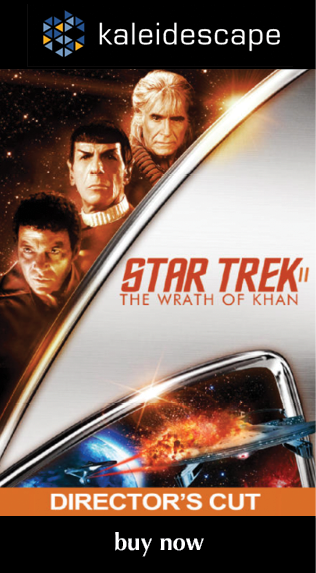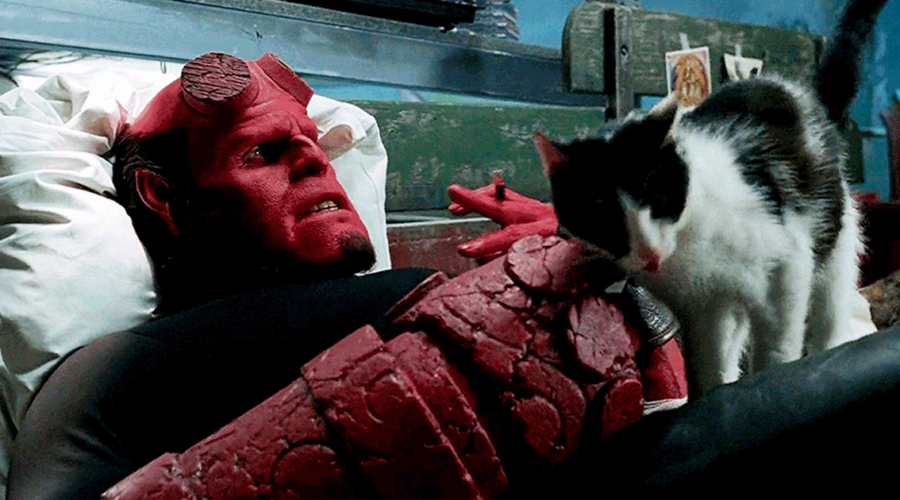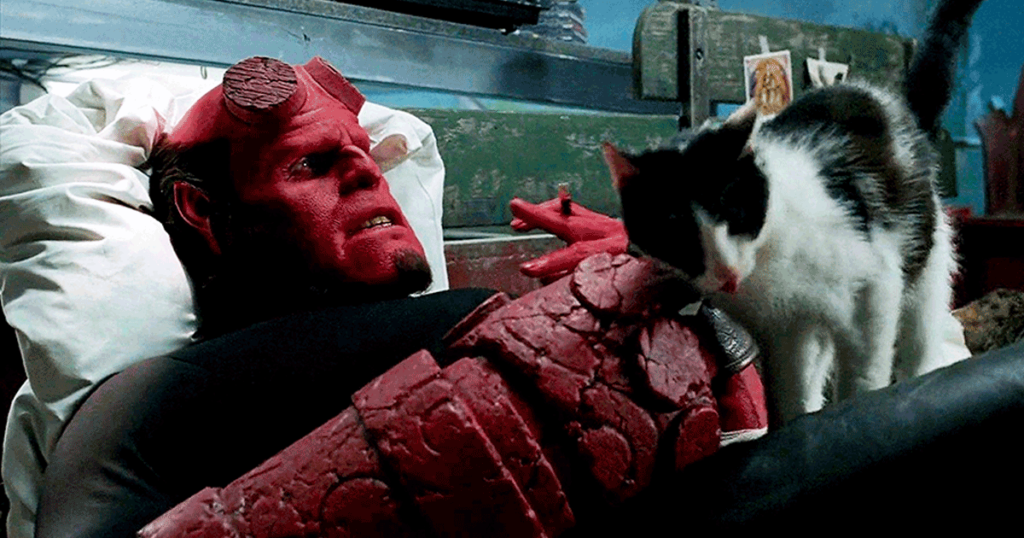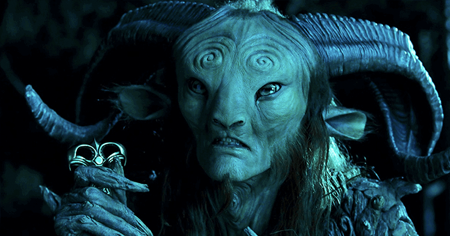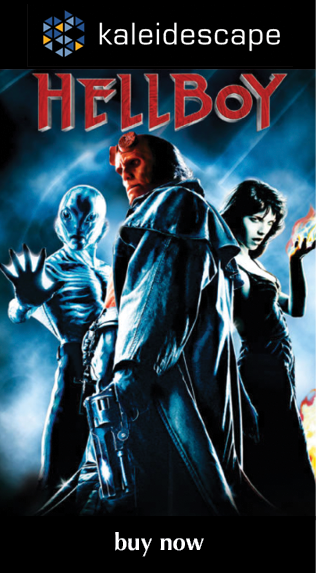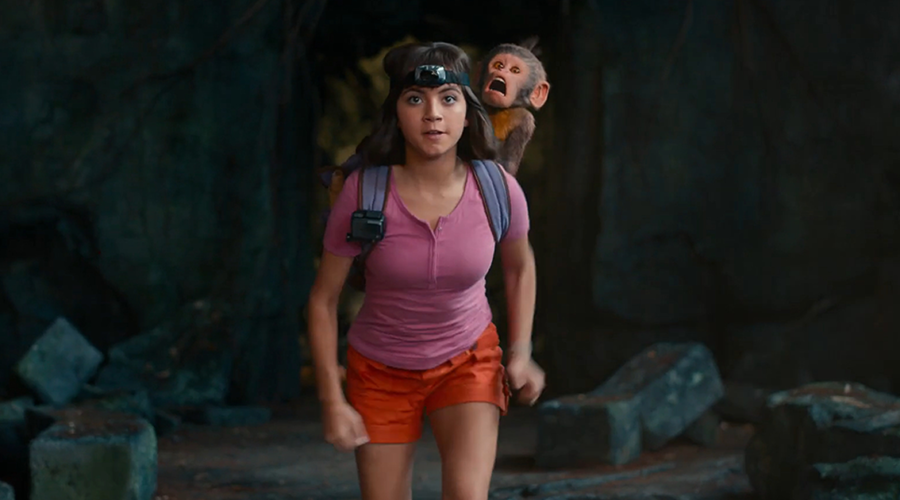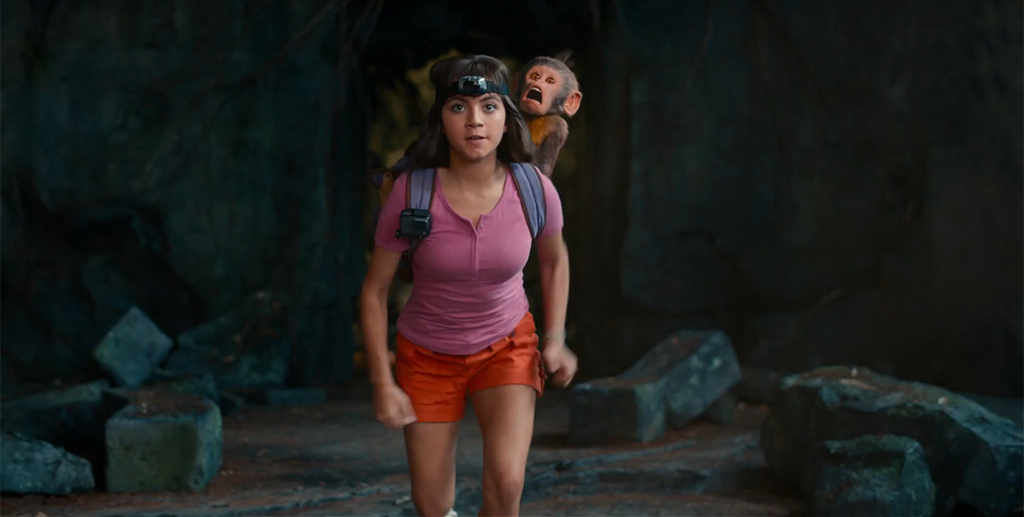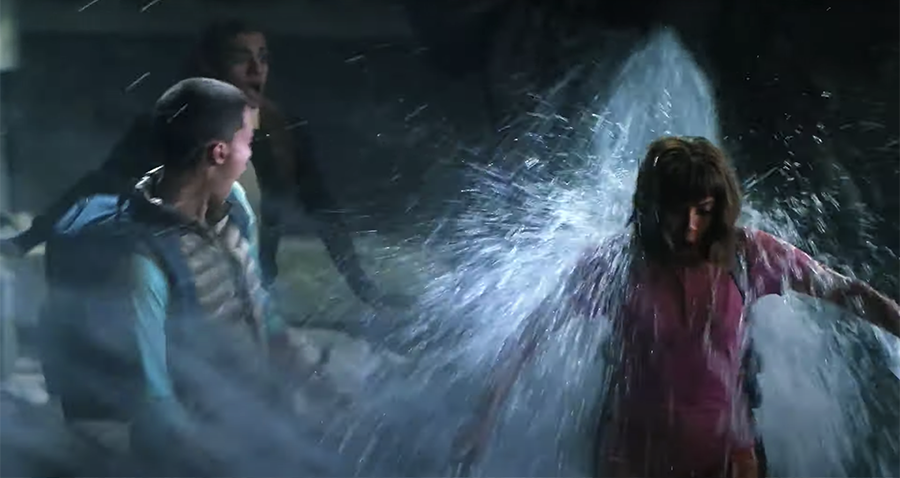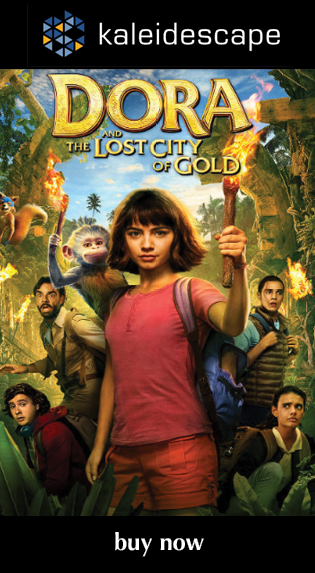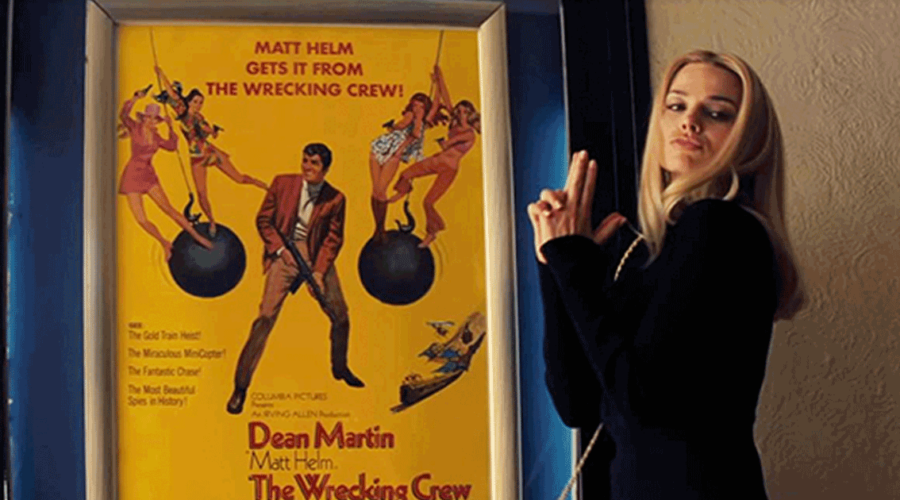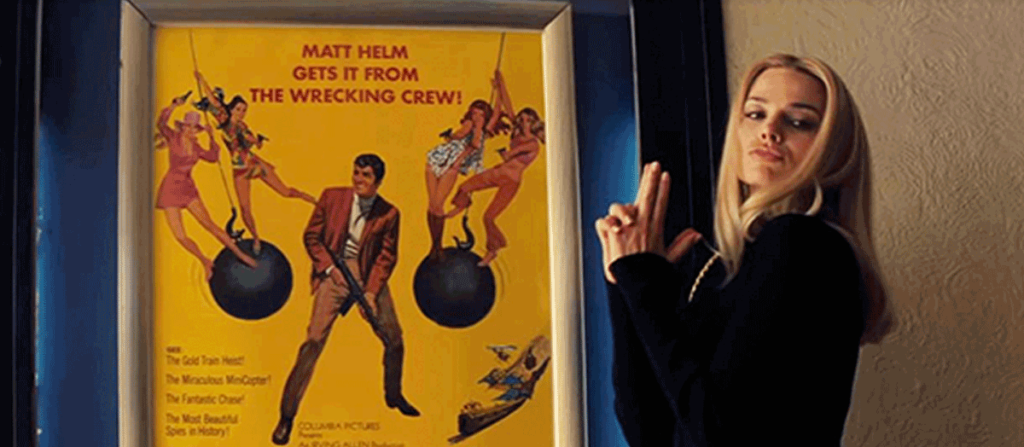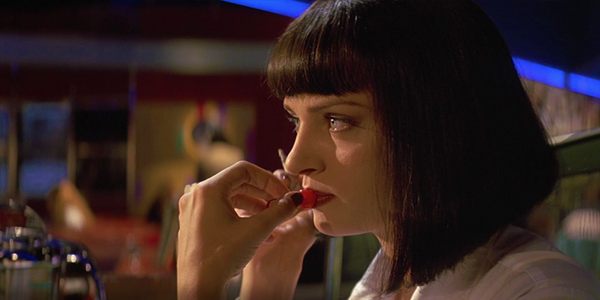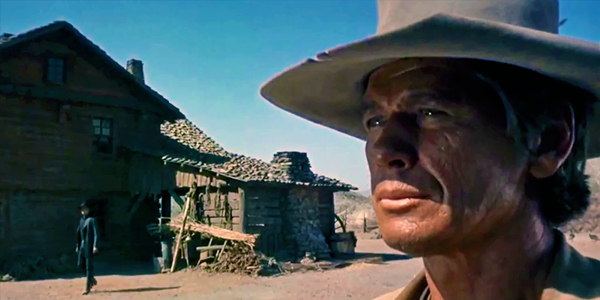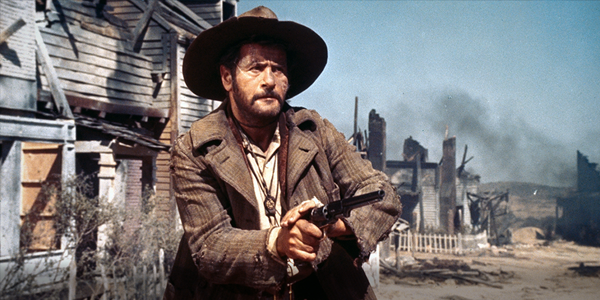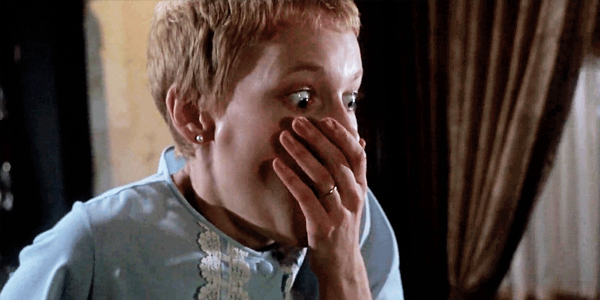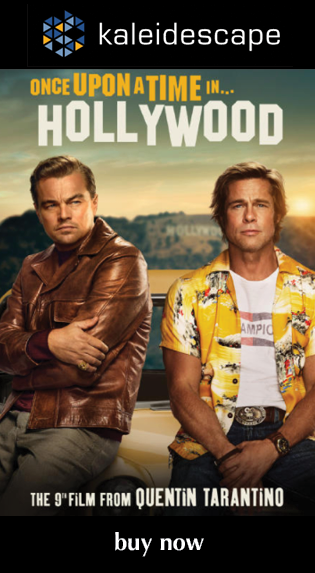Review: Bugs Bunny 80th Anniversary Collection
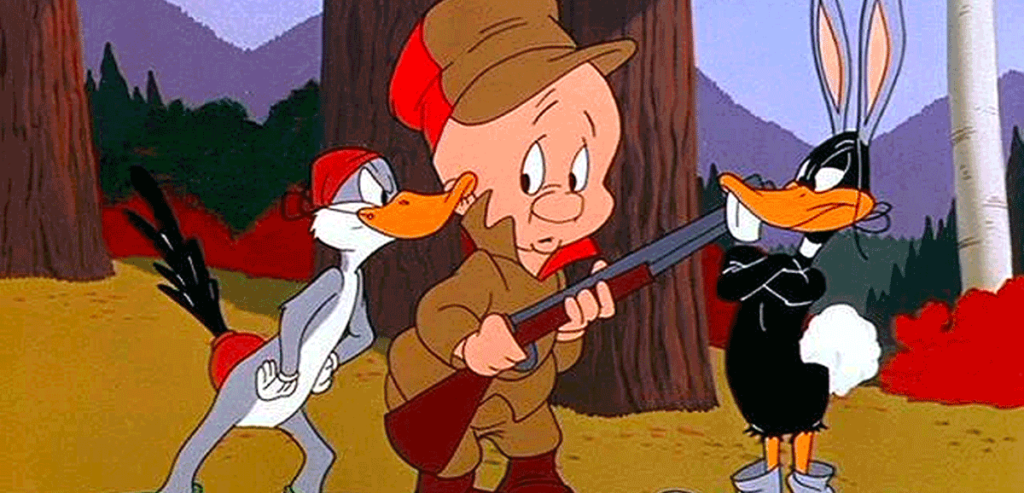
review | Bugs Bunny 80th Anniversary Collection
This collection of 60 classic cartoon shorts should satisfy both hardcore Bugs fans and causal Looney Tunes lovers
by Dennis Burger
updated July 18, 2023
There’s one entertainment-industry job that simply wouldn’t be worth the headache and heartache no matter how much it paid: Being in charge of deciding which Looney Tunes and Merrie Melodies cartoons to release for home video. Whoever ultimately makes that decision has to serve two completely different masters. On the one hand, you have obsessive fans like myself who simply want as many shorts as possible archived in some sort of logical order, be it grouped by character, director, or simply chronologically. On the other hand, you have normal people, who are perfectly content to own the greatest hits like “Robin Hood Daffy” and “One Froggy Evening” and maybe some of the better Road Runner and Tweety/Granny shorts.
If you’re wondering which group the Bugs Bunny: 80th Anniversary Collection is supposed to appeal to, my guess would be that the folks at Warner Bros. did their best to split the difference. That’s a dangerous line to walk, but this new celebratory collection mostly manages to straddle it.
This isn’t a catch-all Looney Tunes archive collection, à la the previous Golden Collection DVDs and Platinum Collection Blu-ray discs. Instead, it’s a birthday party for everyone’s favorite wascally wabbit, collecting a reasonably representative sample of the best Bugs Bunny shorts from the past eight decades. (Actually, it kicks off with “Elmer’s Candid Camera,” the final short starring Happy Rabbit before he would evolve into the Bugs we know and love in the second short in this collection, “A Wild Hare.”)
Of the 60 remastered classic shorts included in this collection, many fall firmly into familiar territory. Big hitters like “What’s Opera, Doc?” and “Baseball Bugs” are here, although a few no-brainers are inexplicably missing, like “Little Red Riding Rabbit” and “Rabbit Hood.”
On the other hand, nearly half the shorts in this collection have never appeared on DVD or Blu-ray in any form, much less remastered. The completionist in me nearly jumps with joy to see under-appreciated gems like “Hare Lift” and “Rabbitson Crusoe” finally included in a high-quality Looney Tunes collection, especially given that Warner Bros. seems to have given up on releasing more Platinum Collections.
Sure, I can gripe about the fact that only the first short in Chuck Jones’ wet-yourself-hilarious hunting trilogy (“Rabbit Fire,” “Rabbit Seasoning,” and “Duck! Rabbit, Duck!”) made the cut. But I have to concede some appreciation for the fact that “Lumber Jack-Rabbit,” which was cropped to 16:9 for its DVD release, has been restored to the proper 1:33:1 aspect ratio. And it’s not alone. All of the cartoons included are presented as shot, many of them with their original titles restored for the first time in decades.
So I have to give kudos to WB for throwing us collectors a bone or 30, while also appealing to the casual Looney Tunes fan. That said, if this release represents something of a template for future Looney Tunes home video releases, chances are good Bugs won’t get another shot in the spotlight for quite some time. And there are still oodles of Bugs Bunny shorts that have yet to appear on DVD or Blu-ray at all.
The era of truly archival, non-themed Looney Tunes home video releases has probably come to an end largely due HBO Max, which is home to the bulk of the major Looney Tunes and Merrie Melodies shorts that have yet to see a proper home video release. And almost all of them are restored, with audio and video every bit as good as what you’ll find on Blu-ray or Kaleidescape.
Which is to say that if you grew up watching The Bugs Bunny/Road Runner Hour every Saturday morning on ABC, you’ll be shocked by how well these old cartoons have held up in terms of vibrancy and detail. Most of them sport some moderate level of film grain, as expected, but it’s rare that any of the shorts look noisy as a result. (Only “Baseball Bugs” comes to mind as an exception.) I’m just grateful that in restoring these classics, WB didn’t go too far, as they’ve done in the past, applying too much noise reduction or digitally removing imperfections in the original negatives, like the occasional hair in the gate. Simply put, these shorts look like what they are—properly restored and archived film.
On the audio front, we’re of course limited to monophonic soundtracks for the shorts themselves. But still, there’s enough punch and sweetness in these old Carl Stalling scores and Treg Brown sound effects that you don’t need more than one channel to enjoy and appreciate their brilliance.
All of which, of course, raises an interesting question: If HBO Max has a more complete library of Looney Tunes shorts, all presented in quality that’s every bit the match of higher-bandwidth home video releases, why would you buy the Bugs Bunny: 80th Anniversary Collection?
Bonus goodies. To call this release a collection of 60 classic animated shorts only tells half the story. An equally big draw are the audio commentaries (29 in all), alternative music- or vocal-only audio tracks (4 in total), documentaries/featurettes (11 by my count), and a collection of 10 new Bugs Bunny cartoons that were originally created specifically for HBO Max.
Granted, most of the documentaries are carryovers from previous DVD releases, but Bugs Bunny’s 80th What’s Up Doc-umentary! is all new and is definitely worth your time. And as far as I can tell, this collection is the only place you can watch it. Much of the footage cobbled together for the film is archival, and you’ve almost certainly seen snippets of the old interviews included herein elsewhere. But this is definitely a case of the whole being greater than the sum of its parts, because this one-hour feature does a better job than any Bugs Bunny retrospective I’ve ever seen of giving a thorough overview and understanding of the character’s genesis, evolution, and cultural impact.
This one feature alone is almost worth the $35 (assuming you’re purchasing on Kaleidescape, that is—the Blu-ray collection will run you between $65 and $75). The fact that you also get 60 of the nearly 170 classic Bugs Bunny shorts is, needless to say, also a huge selling point. Throw in the audio commentaries and other supplemental snacks, and you’d be positively hare-brained to pass this one up.
Dennis Burger is an avid Star Wars scholar, Tolkien fanatic, and Corvette enthusiast who somehow also manages to find time for technological passions including high-end audio, home automation, and video gaming. He lives in the armpit of Alabama with his wife Bethany and their four-legged child Bruno, a 75-pound American Staffordshire Terrier who thinks he’s a Pomeranian.
PICTURE | You’ll be shocked by how well these old cartoons have held up in terms of vibrancy and detail. Most of them sport some moderate level of film grain but it’s rare that any of the shorts look noisy as a result
SOUND | The soundtracks are mono, of course, but there’s enough punch and sweetness in the Carl Stalling scores and Treg Brown sound effects that you don’t need more than one channel to enjoy and appreciate their brilliance
© 2025 Cineluxe LLC
